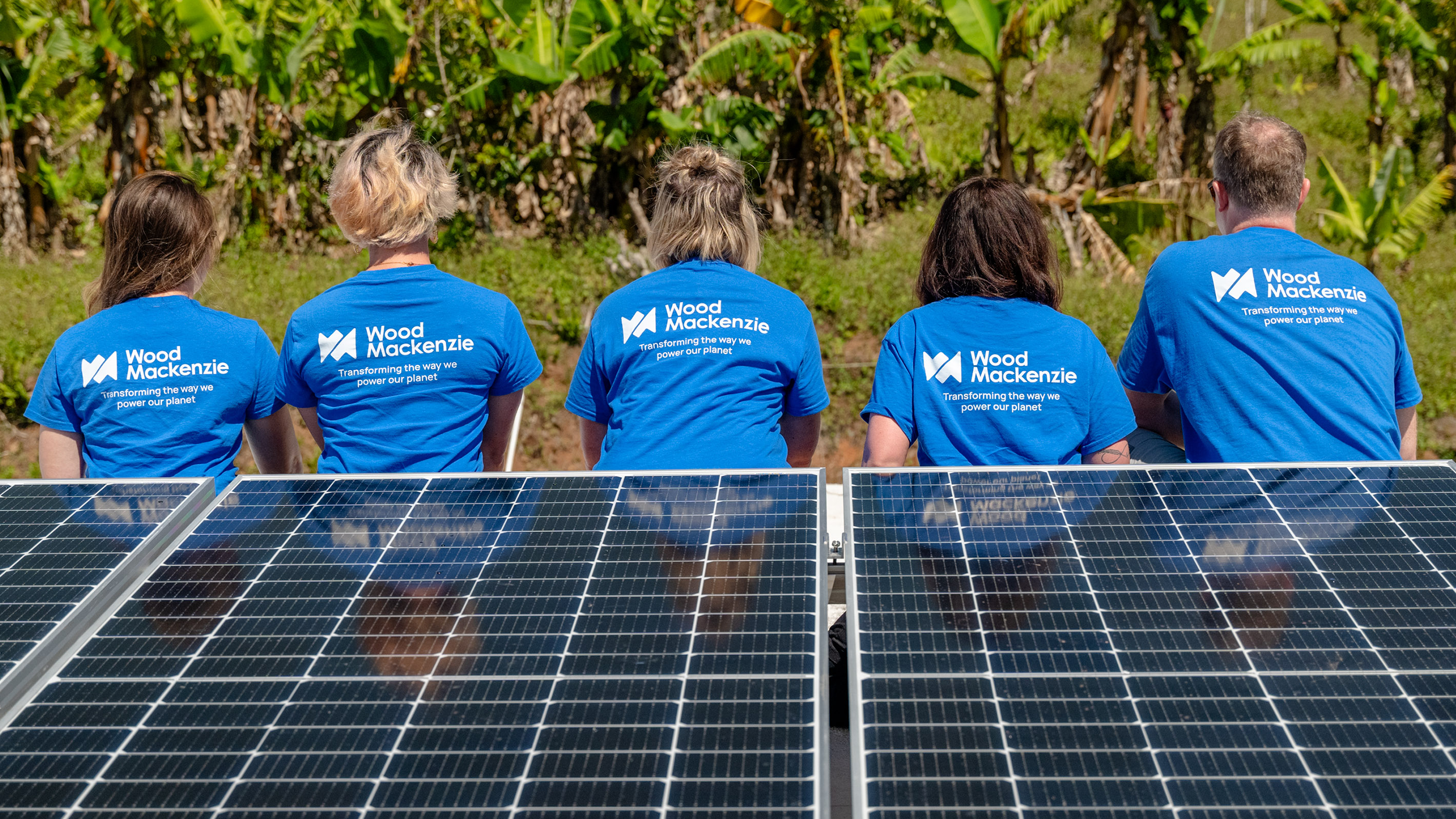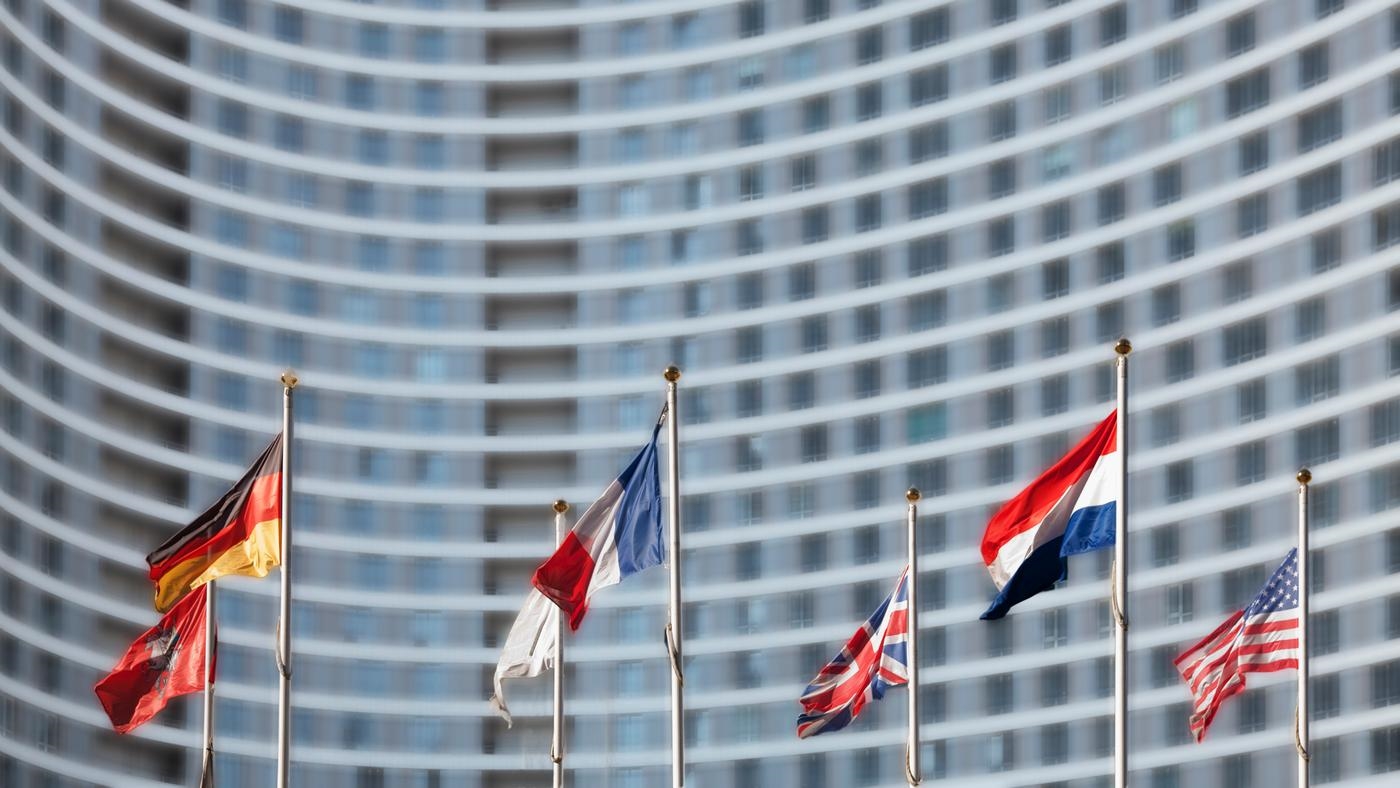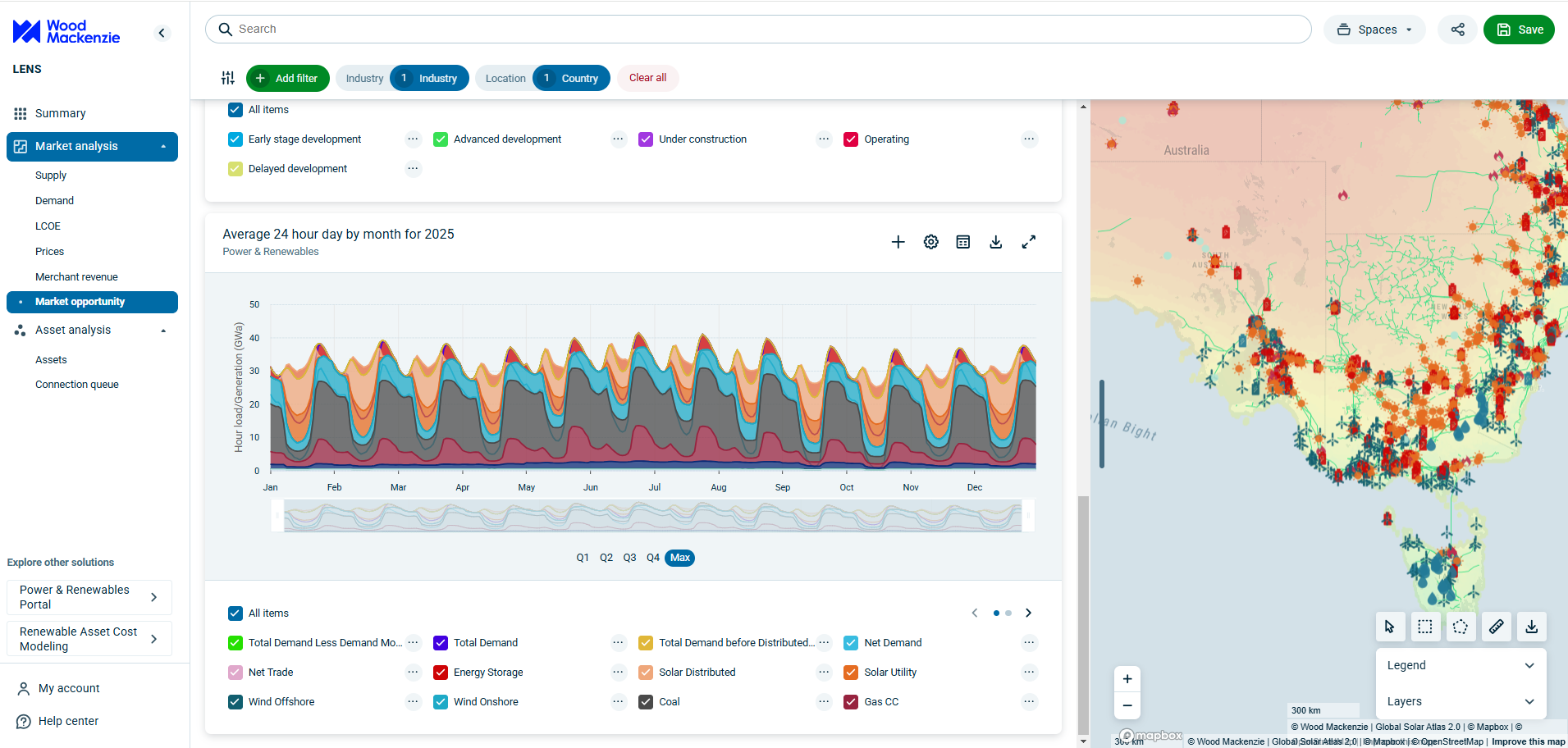Fill out the form below to download this FREE report
1 minute read
Mauro Chavez
Director - Americas Gas and LNG markets Consulting

Mauro Chavez
Director - Americas Gas and LNG markets Consulting
Mauro has more than 14 years of experience and is a recognised specialist in the natural gas and LNG industry.
Latest articles by Mauro
-
Opinion
Three key takeaways from our Europe gas markets short-term outlook Q1 2024
-
Opinion
Europe gas and LNG: 6 things to look for in 2024
-
Opinion
Three key takeaways from Europe Gas and Power Markets Short-Term Outlook Q3 2023
The reduction of Russian pipeline exports to Europe has resulted in spot prices reaching unprecedented levels, enabling record LNG imports. This, in turn, has revolutionised how gas flows across Europe, leading to a switch in net pipeline flows from West to East feeding supply to countries without LNG regasification facilities, mainly Germany. These new flow dynamics and infrastructure bottlenecks resulted in record gas price differentials across European hubs.
Capacity constraints in pipelines connecting the UK to the continent and a lack of regasification capacity in Northwest Europe have caused UK gas prices and LNG Delivered ex-ship to trade at discounted rates to TTF. Conversely, Germany, Austria, and Italy, which are more reliant on Russian gas and have been impacted by export curtailments, have required additional imports from the west and north, leading to increased premiums.
LNG imports in Europe are anticipated to increase by 14 bcm in 2023, but regasification capacity will increase more. This will allow for some LNG currently routed through the UK to be delivered directly to northwest Europe, easing pressure on the IUK/BBL pipelines. However, how long will infrastructure bottlenecks last? When will price differentials normalize? And what does this mean for the European gas traded volumes?
To learn more about these developments and their potential impacts on the gas & LNG industry, complete the form above to download the FREE report.







